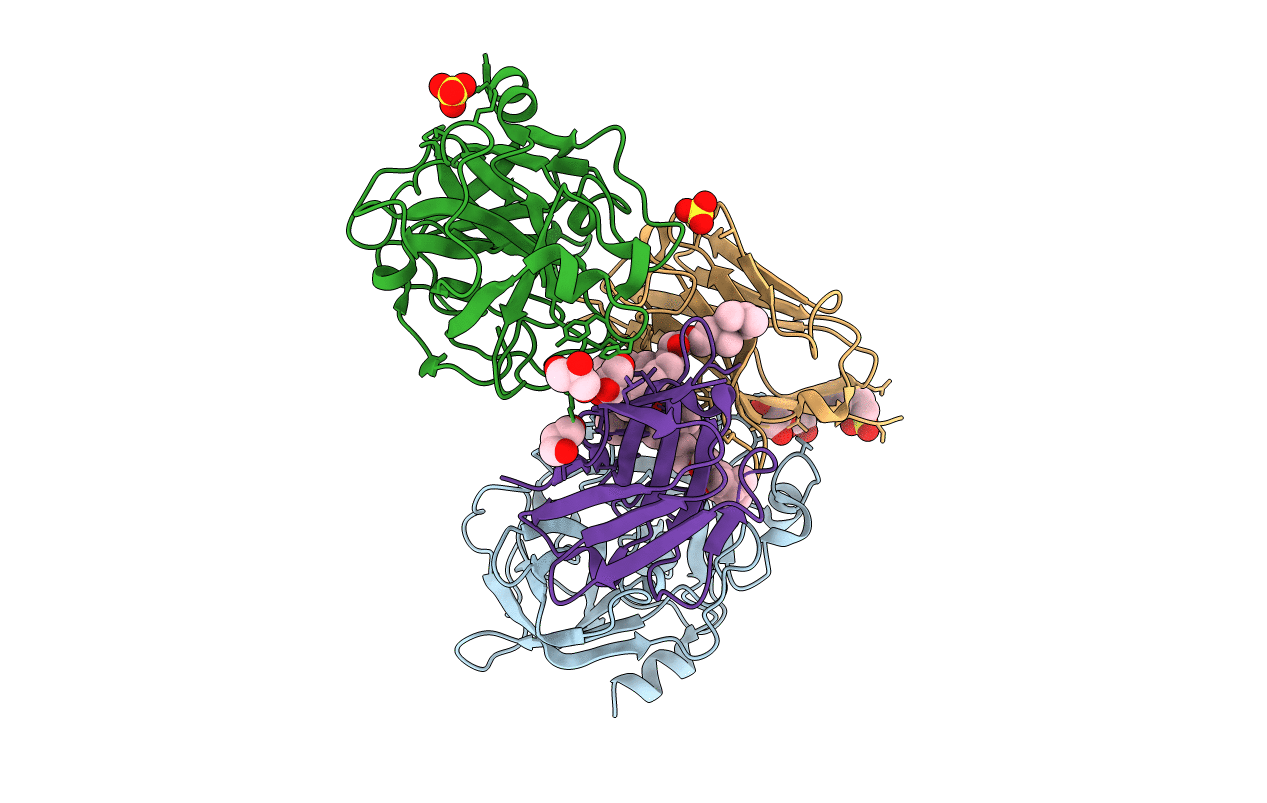
Deposition Date
2016-01-08
Release Date
2016-06-01
Last Version Date
2024-10-23
Entry Detail
PDB ID:
5HGG
Keywords:
Title:
Crystal structure of uPA in complex with a camelid-derived antibody fragment
Biological Source:
Source Organism:
Homo sapiens (Taxon ID: 9606)
Vicugna pacos (Taxon ID: 30538)
Vicugna pacos (Taxon ID: 30538)
Host Organism:
Method Details:
Experimental Method:
Resolution:
1.97 Å
R-Value Free:
0.19
R-Value Work:
0.16
R-Value Observed:
0.16
Space Group:
C 1 2 1


